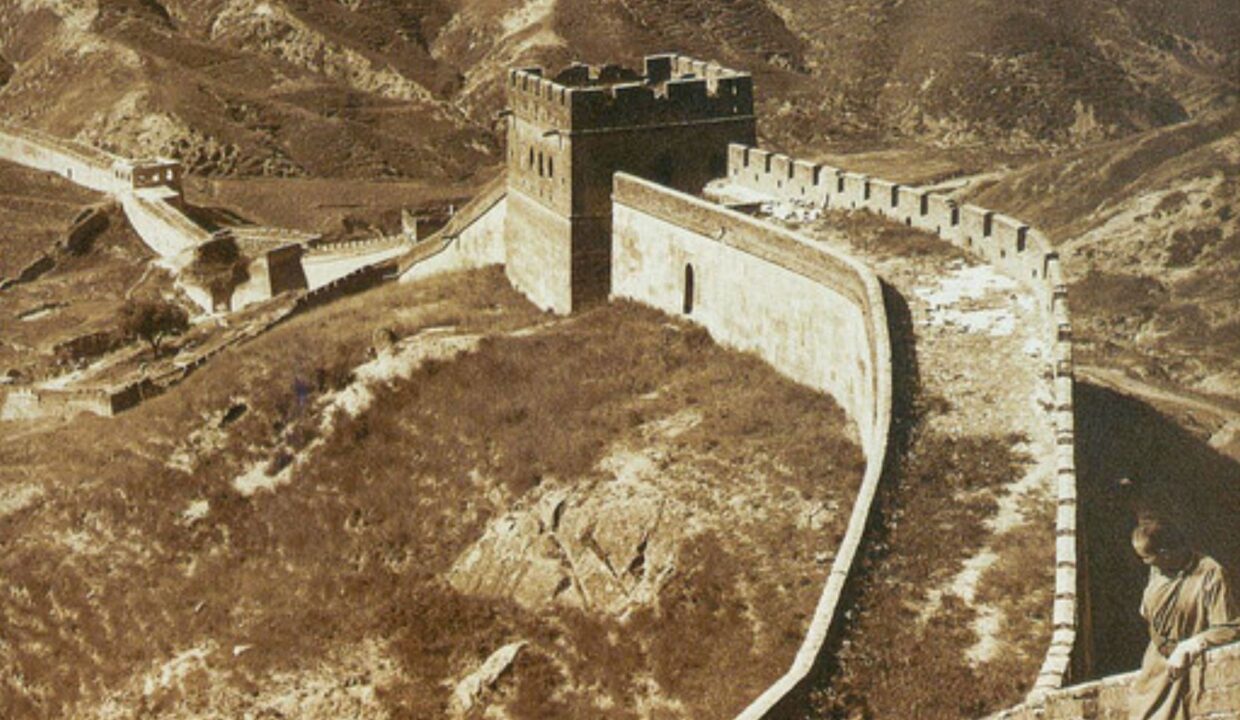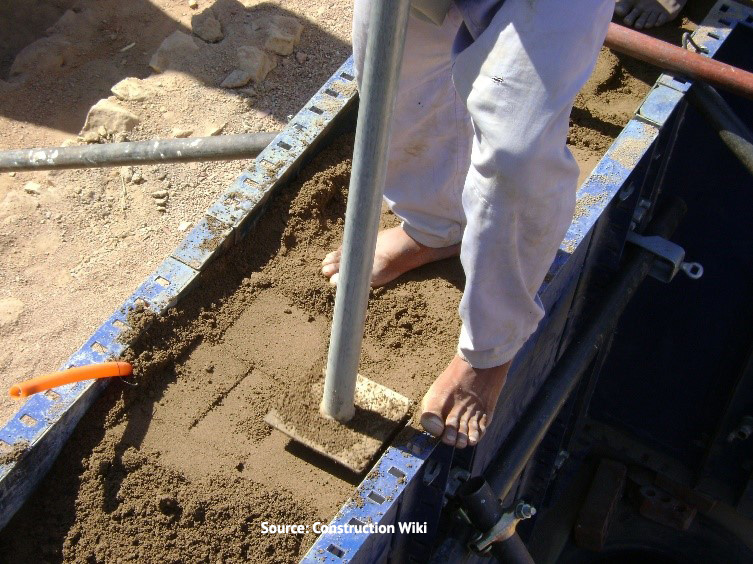
The rammed earth technique is an ancient method of construction, with evidence of its use dating as far back as the Neolithic Period. This technique was used in many parts of the world including; South America, India, the Middle East and Africa[1].
Archaeological evidence can date entire cities constructed of earth back over 10,000 years. The ancient civilizations of the Middle East were constructed with mud brick and rammed earth – Assyria, Babylon, Persia, and Sumeria. Rammed earth construction was used to construct countless monuments, temples, churches, and mosques. A section of the Great Wall of China was built using this technique nearly 2500 years ago[2],[3].
Romans and Phoenicians brought the technology to Europe, where it was used for more than 2,000 years. In England, there is ample evidence of earth’s use as a building material, as around 60% of the “ancient monuments and archaeological sites” were constructed of earth. Significant portions of the Alhambra in Grenada were built of earth nearly 700 years ago.
In Africa, Egyptian Pharaohs ruled cities constructed of rammed earth. In West and North Africa, the ancient towns of Morocco, Algeria, Egypt and Mali used this technique.
In the United States, a book “Rural Economy by S. W. Johnson” popularized rammed earth in the 1800s. It was used to construct Borough House Plantation and Church of the Holy Cross in South Carolina, which are two National Historic Landmarks of the United States.
Rammed earth construction was especially appealing during the economic depression era (1929 – 1939) as labor was in plenty. During this period, several communities were developed using this technique. Additionally, the main material needed for construction was soil, which was readily available. When World War II ended, the country faced a large demand for housing, and wartime factories turned to manufacturing building materials that could be used for quicker types of construction.
In the late 20th century, its popularity surged again amongst architects with an interest in environmental sensitivity and locally available materials (chalk, lime, gravel, sand, silt or clay).
When successfully produced, rammed earth components can exhibit good compressive strength, durability and aesthetic appeal. However, the success of rammed earth construction in a practical sense may be dependent on climatic conditions and the availability of suitable materials.

Over the years, innovations have emerged which ease the construction process and enhance the structural integrity of the final product. For example, pneumatic tampers can be used to compact soil much more quickly than the traditional manual method. The change in innovation has enhanced the strength, durability and aesthetic appeal of the buildings.
Conclusively, in this era of concrete buildings, it is vital to understand the detrimental impact of concrete on the environment. This becomes the basis for revival of the old technique of construction (rammed earth) and make the environment pollution-free.
[1] Rammed Earth- Designing Buildings-The Construction Wiki
[2]Rammed Earth as a Low Impact Building Environmental Sciences Essay-UK Essays
[3] Rammed Earth Construction- encyclopedia.com

